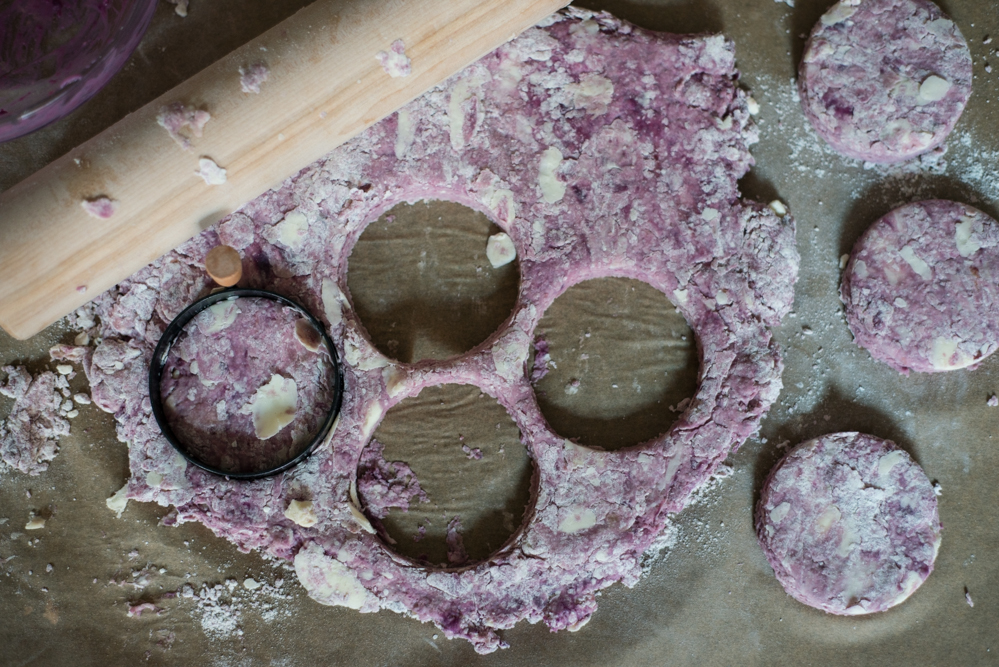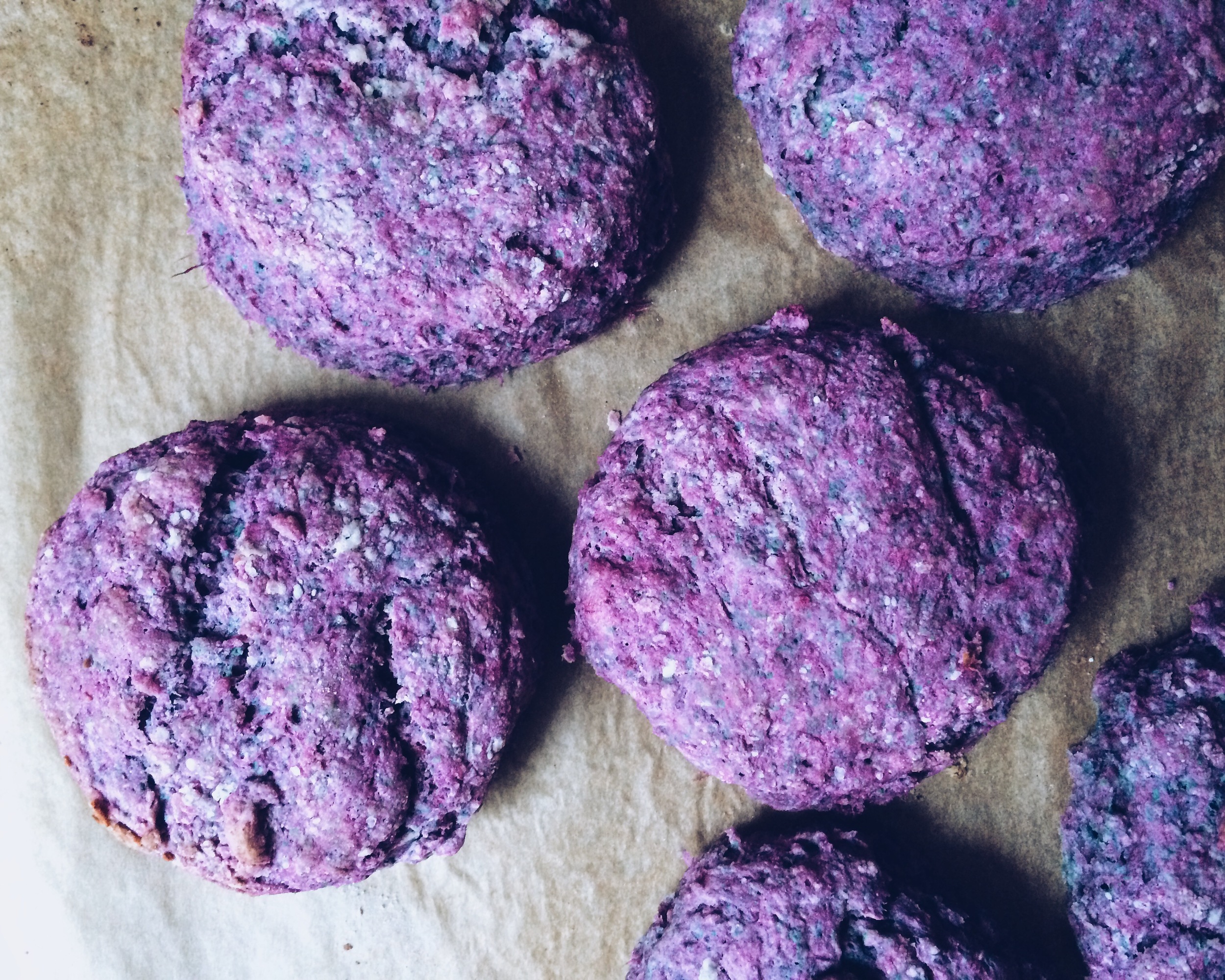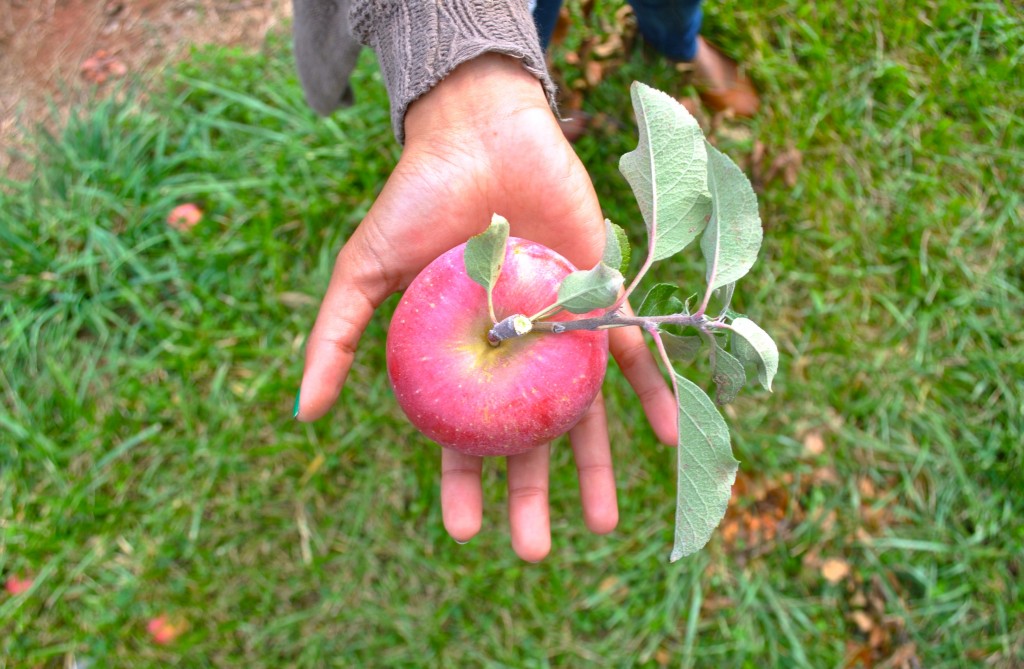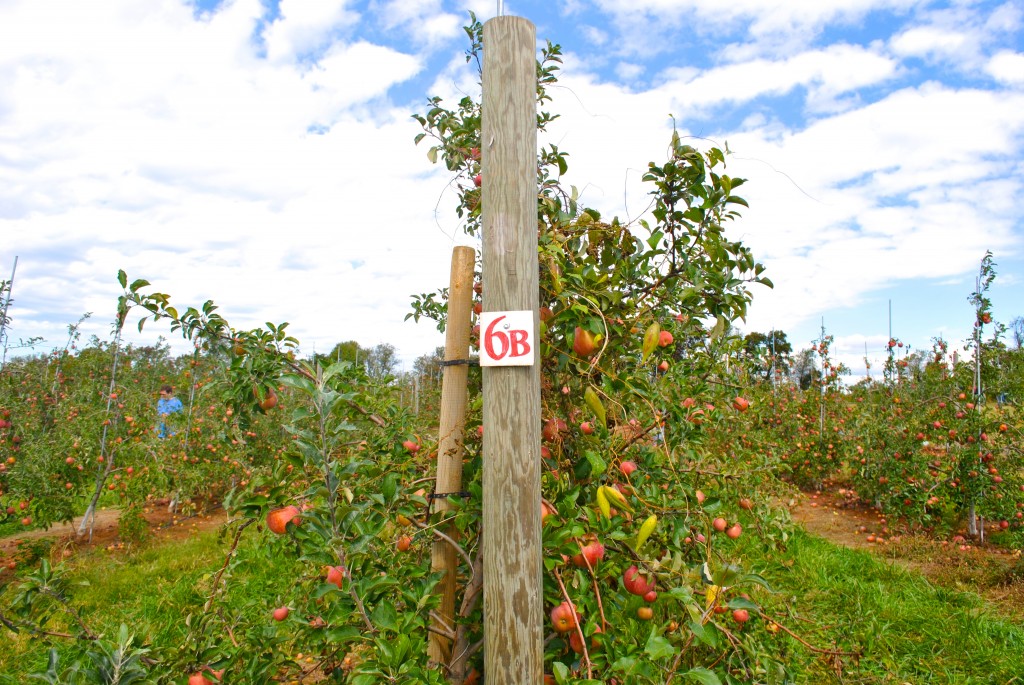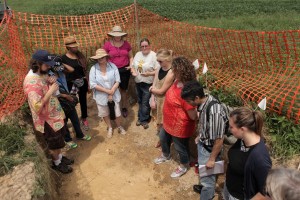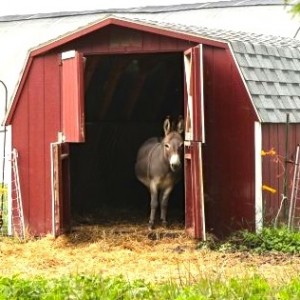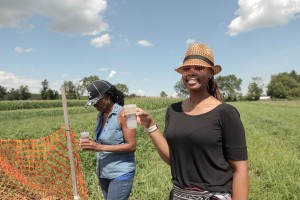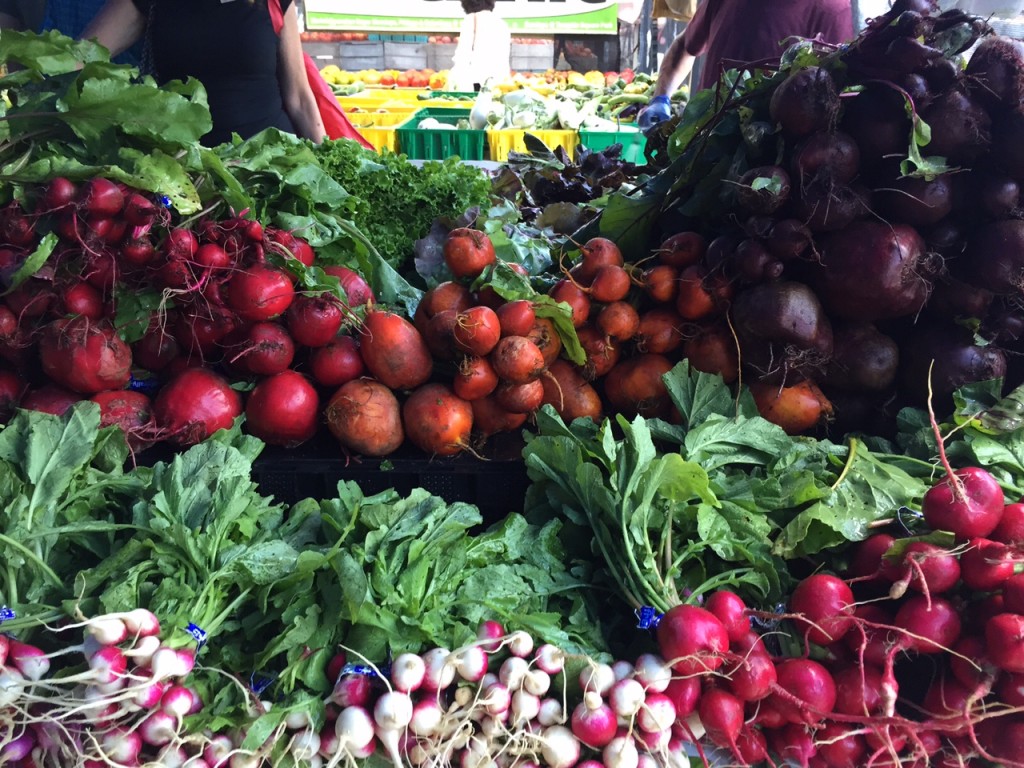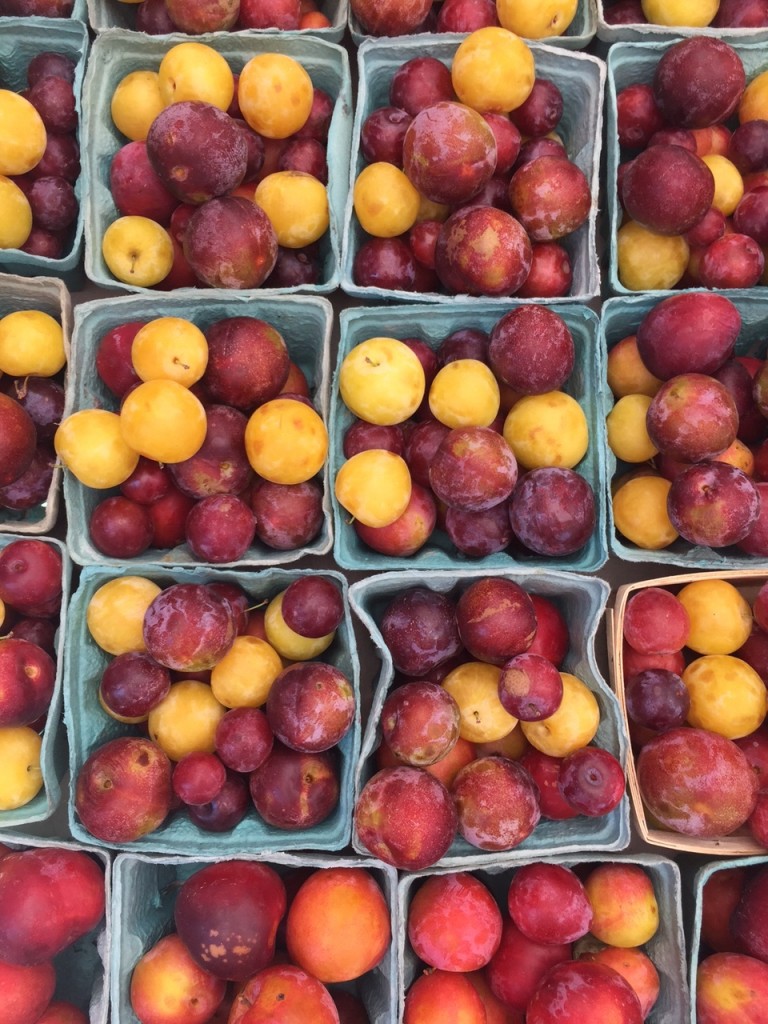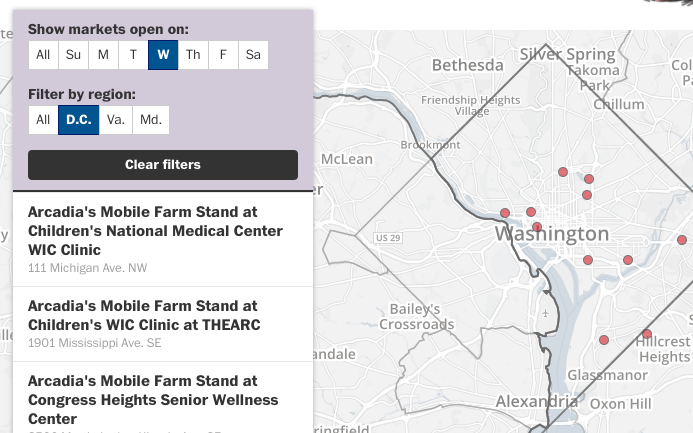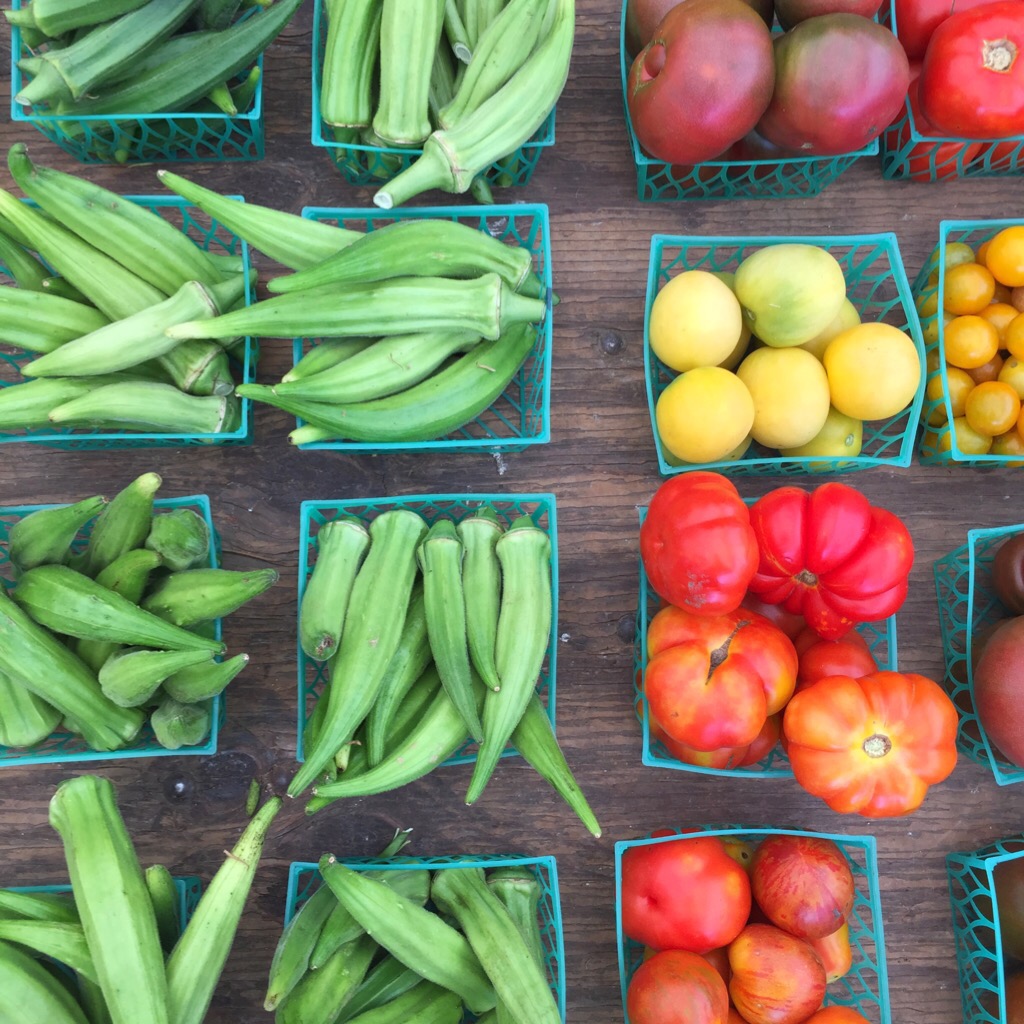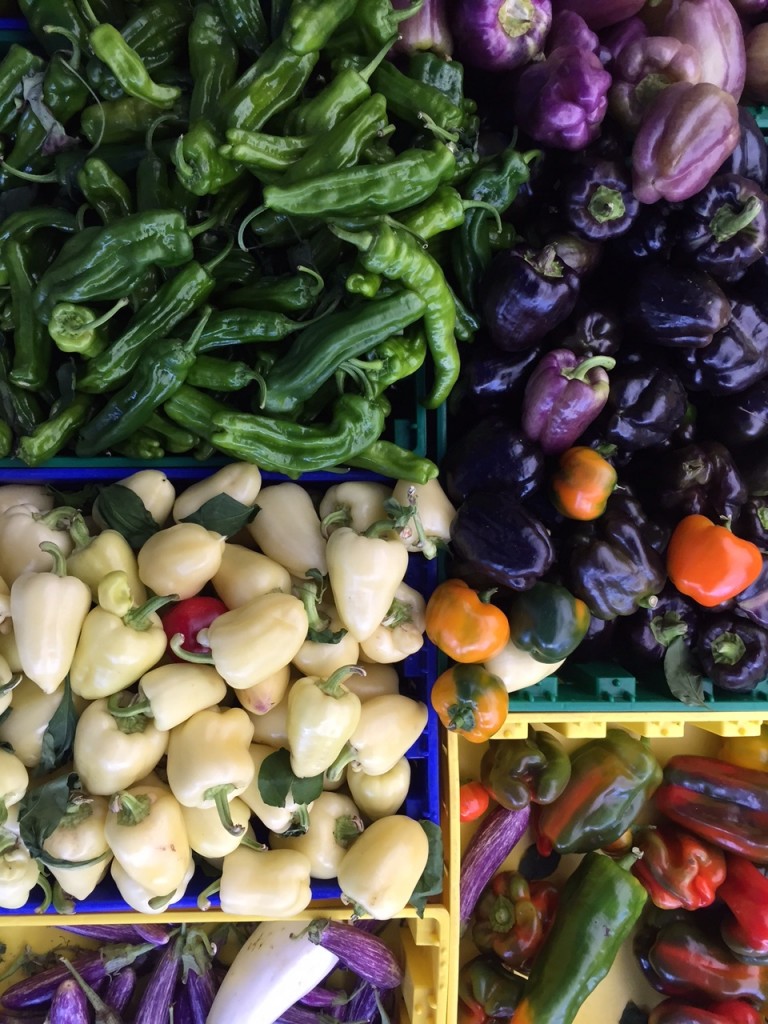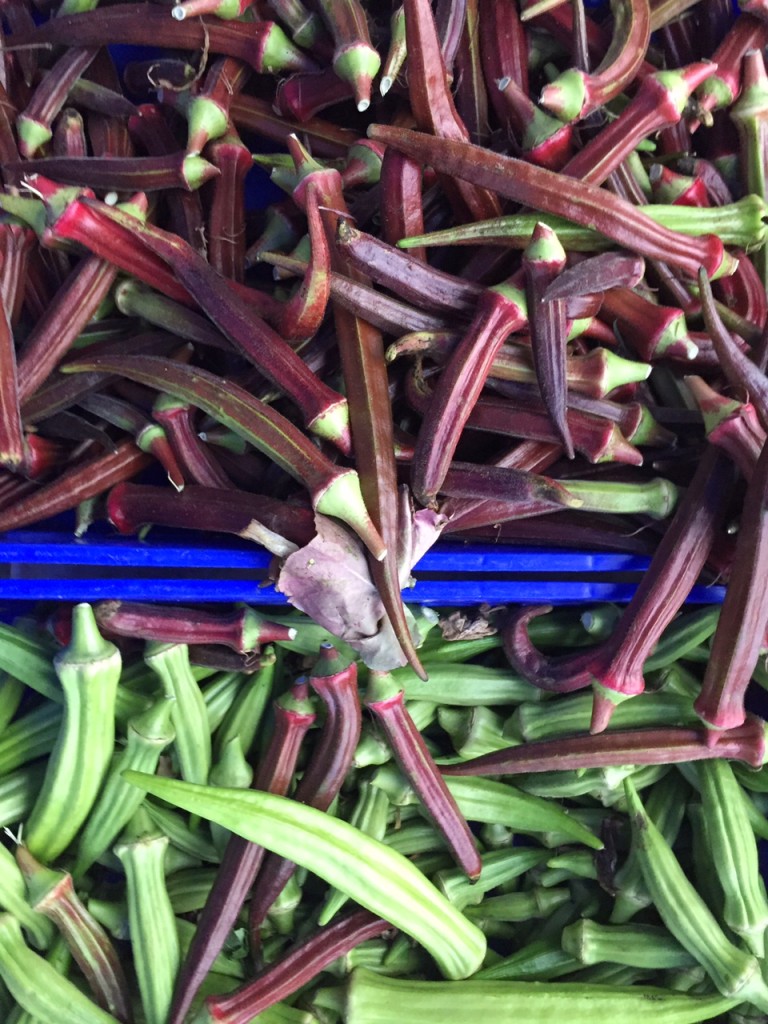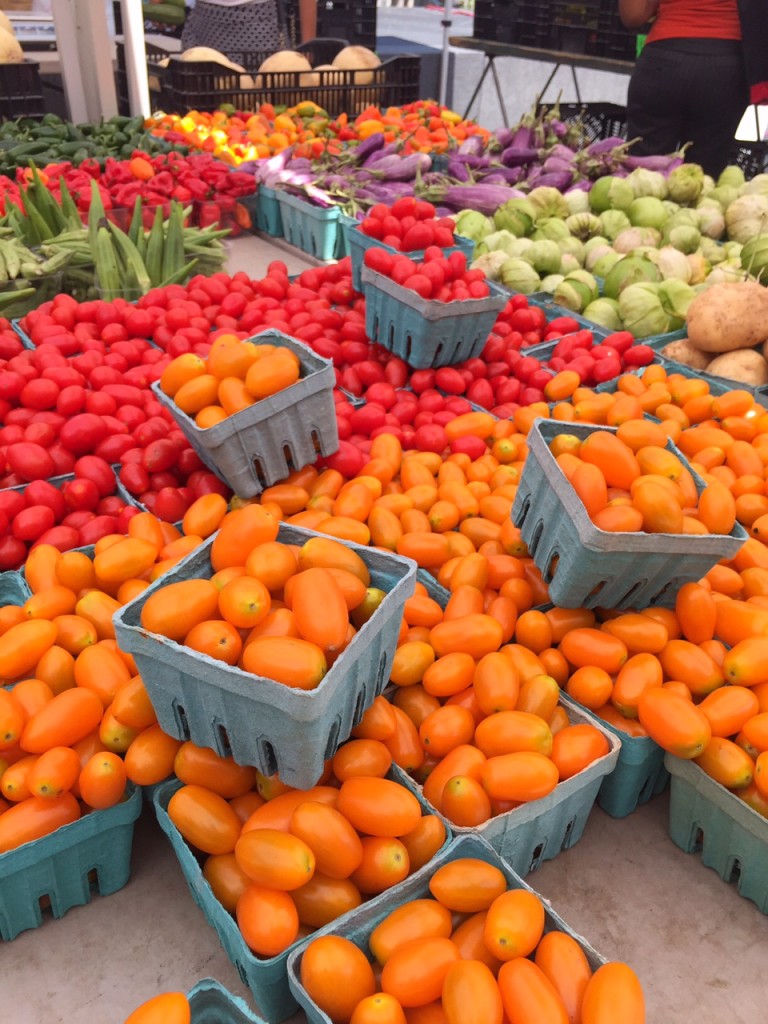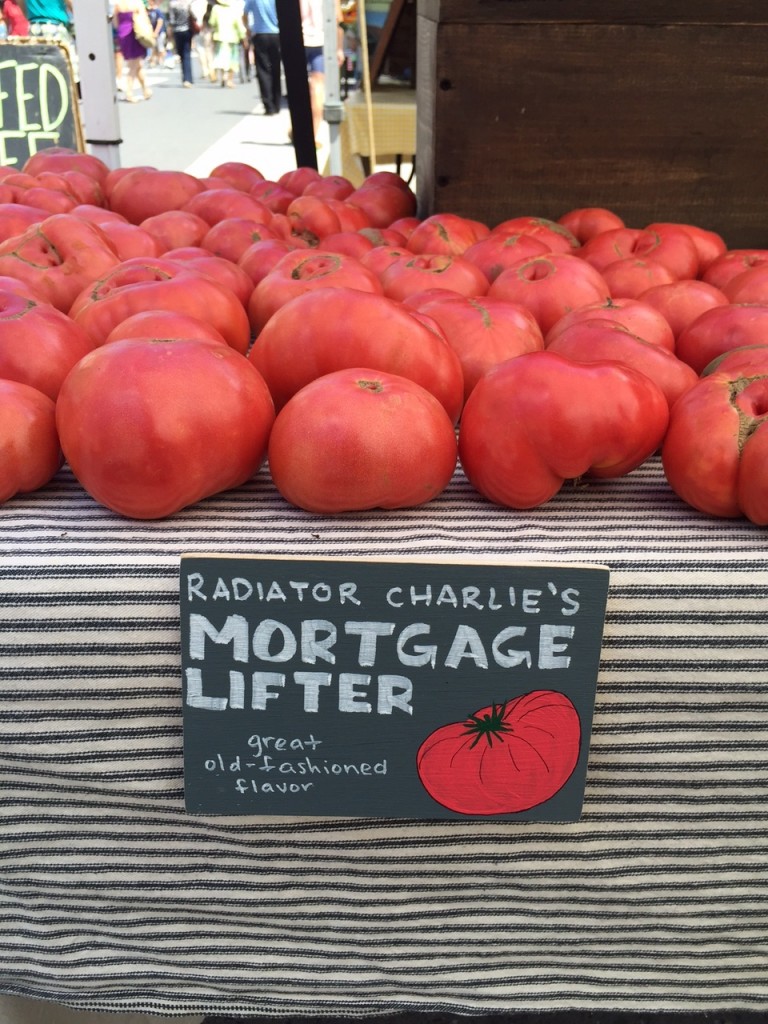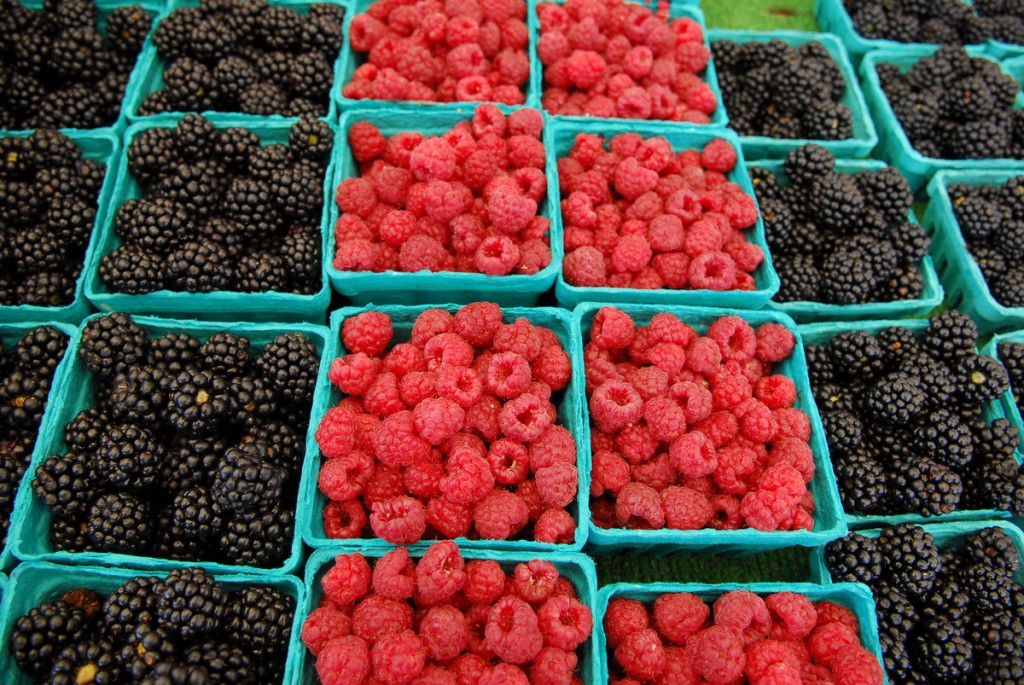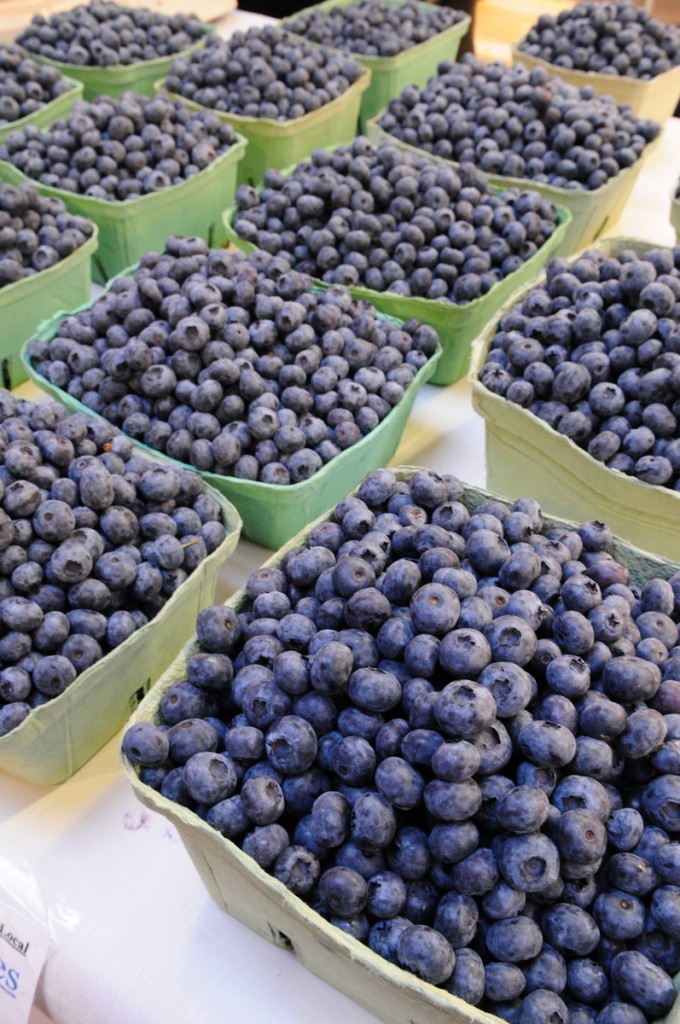Not Just Kidding: What the Viral Power of Goat Snuggling Taught Me
/By Gail Hobbs-Page as told to EdibleDC. Photography by Justin Ide.
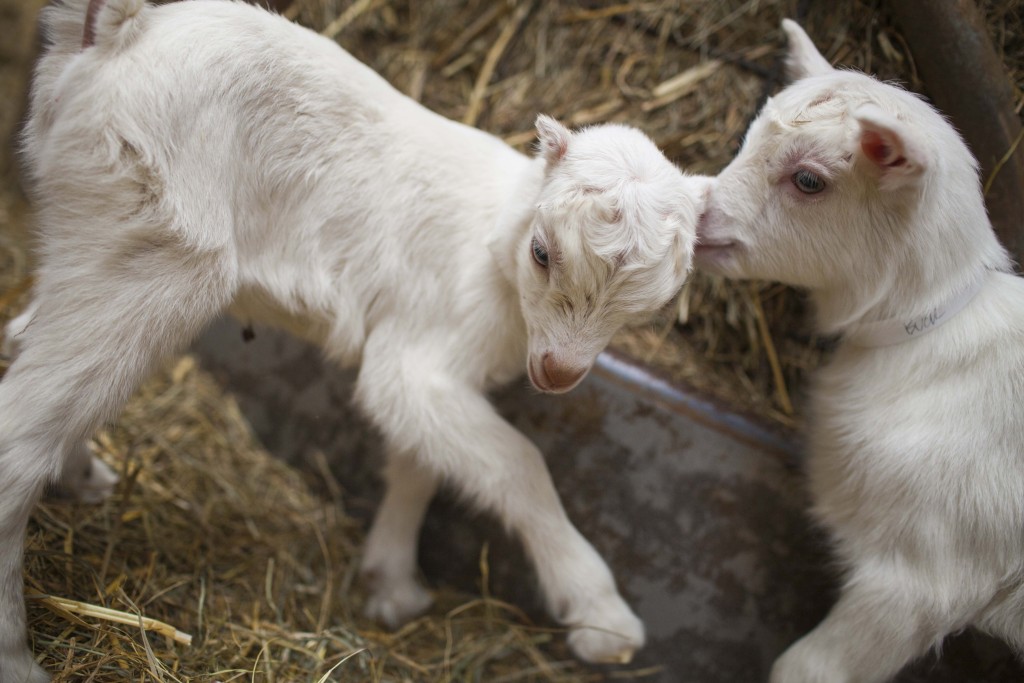
After running a small farm-to-table restaurant at a local inn in Nelson County, I stopped cooking and started Caromont Farm in 2007. Since then my head and heart have been immersed in trying to make great cheese in the state of Virginia. We now tend over 150 goats, chickens, cows, peacocks and guard dogs, not to mention numerous interns and employees.
For the past two years, through our farm market community, I’ve done a call for volunteers to help out during kidding season. With a herd the size of ours we have more than 90 baby goats starting in early February, more than we or our mama goats can handle.
This year, we used our Facebook page to recruit volunteers, which got the attention of our local CBS affiliate reporter, who came out in early January to talk about our need for goat snugglers. The one-minute segment aired on January 8, and while that day my life as a farmer continued, little did I know that my world was going to change. During dinner, I started getting texts from friends telling me that I was “trending.” Honestly, I wasn’t sure what that meant, but my assistant, Izzy Zechini, who handles Caromont’s social media, explained that our story was going viral and that thousands of people had “liked” our Facebook page. Overnight, more than 2,000 people from all across the country had signed up to volunteer.
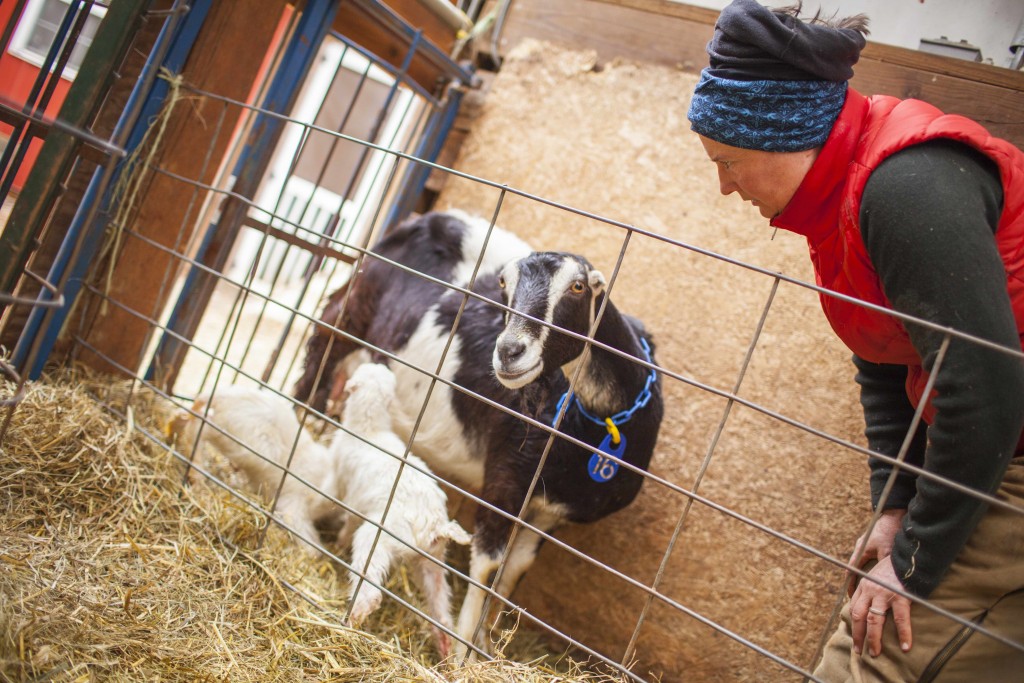
In 72 hours, our story had been picked up everywhere from The Washington Post to the Huffington Post to an ABC news segment that got 64,000 shares.
We obviously couldn’t accommodate all the people who wanted to be goat snugglers, so we thought, “Why not have a farm open house event and call it Goatapalooza?” We posted the event on Facebook and once again received an outpouring of interest. Thousands of people signed up as interested—more than we could ever host. So we put Goatapalooza on hold and set to figure out how to manage this tsunami of interest in baby goats and visiting our farm.
And it’s not over. We are continuing to book national stories and VIP visits with photo opportunities. Which is wonderful, and of course, as a cheesemaker I hope it will help us sell some cheese.
But clearly, our farm life in Virginia has touched something beyond just curious interest. There is a real and profound need out there to be with these baby animals. This experience has made me reevaluate a lot of things—and ask myself is there something bigger than cheesemaking and goats going on here? Clearly people need to snuggle goats more than the goats need snuggling.
One thing that has really touched me have been hearing from people who are suffering or dealing with major trauma. I’m talking about people who are terminally ill, women who had been beaten or raped, really sad problems. I’ve prioritized these folks to get in for a goat snuggling experience, to let them connect with the goats. And it is gratifying to see the positive effect on their lives and the happiness it brings.
And this has made me think about the piece of land for sale next to my farm—could it be an expansion of our farm that is totally devoted to goat therapy? Do I have it in me to run another crowdfunding campaign? And does it have anything to do with farming and cheese?
I don’t know. But, had we not “gone viral,” I would not have seen this as a potential path nor connected with people who would so greatly benefit from spending time with baby goats.
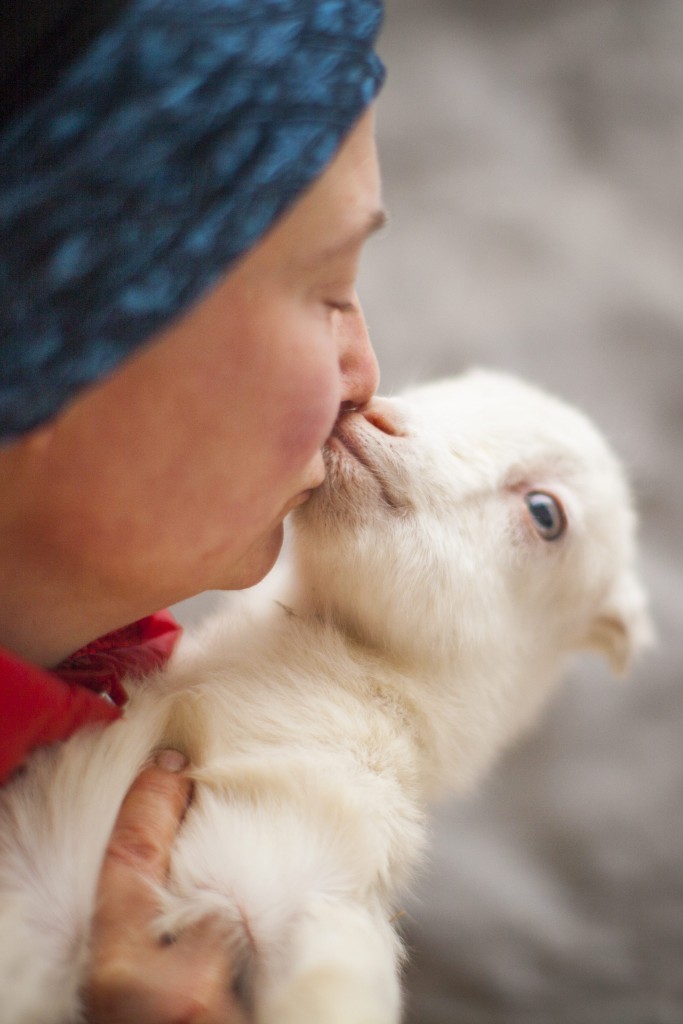
The viral experience has connected our sweet farm with the bigger world and has shown me that beyond seeing where their food is made, people want to come out to Caromont because they see it as a place of peace, safety and love. For me, being among the farm animals, being outdoors, making cheese—it’s my everyday life. But I know when the big world seems crazy, like during the Paris attacks, being at home on the farm feels safe and centering.
I’m feel lucky to have had the experience of going viral and our heads have definitely been spinning as we contemplate what’s next. But at the end of the day, I do know this: The internet can buzz all around us, we’re still going to be old-fashioned farming in Esmont, VA.
Caromont Farm is located 23 miles south of Charlottesville, Virginia, in the heart of Virginia’s Piedmont region. We produce both fresh and aged cheeses using milk from Gail Hobbs-Page’s herd of Alpines, Saanens, and La Mancha goats. Caromont’s cow’s milk cheeses are produced from milk sourced from Nathan Vergins’ herd of grass fed Jerseys at Silky Cow Farm in nearby North Garden, Virginia. Their cheese was featured in our 2015 Holiday Issue. For information, go to caromontcheese.com



